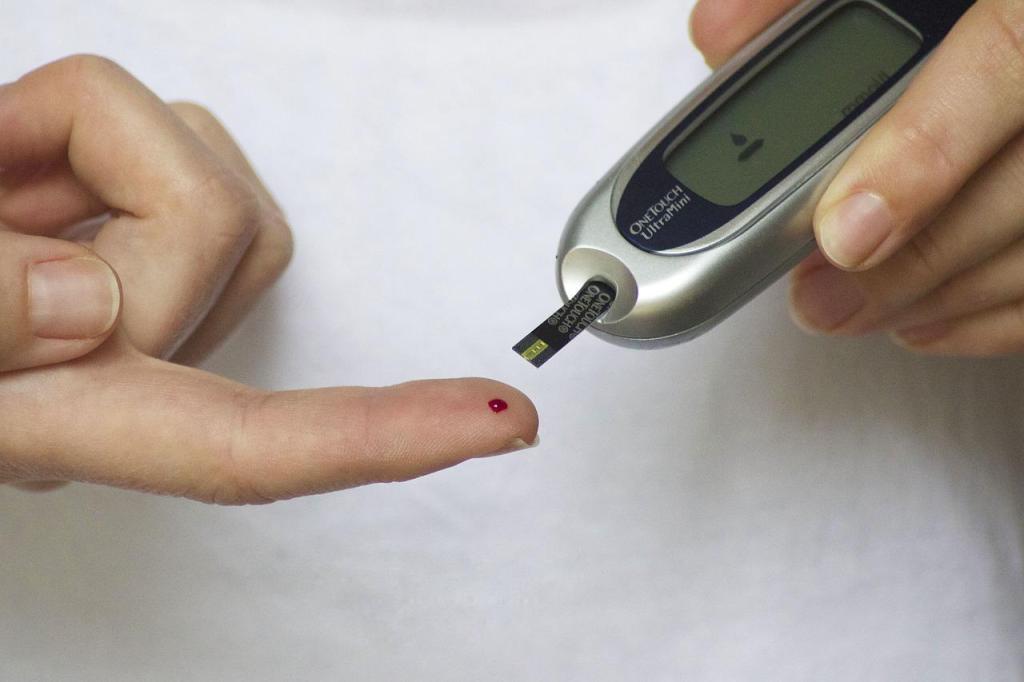Unmanaged diabetes limb amputation: Diabetes is a chronic illness that affects millions globally, and when left unmanaged, it can lead to severe complications, including limb amputations. Understanding the link between diabetes and amputations is essential for individuals with diabetes to take proactive steps to manage their condition and prevent such life-altering outcomes.
Why Unmanaged Diabetes Puts Limbs at Risk
Uncontrolled diabetes often leads to high blood sugar levels, which can damage blood vessels and nerves over time. According to Dr Kundan Khamkar MBBS MD, Medicine, Ruby Hall Clinic, Pune, two major factors contribute to limb amputations in diabetic patients:
- Peripheral Artery Disease (PAD): High blood sugar can lead to PAD, where arteries narrow and reduce blood flow, especially to the legs and feet. Limited blood flow slows down wound healing and increases infection risk, making minor injuries more dangerous.
- Diabetic Neuropathy: Nerve damage due to diabetes, or neuropathy, dulls the sensation in the extremities. Patients may not feel injuries, cuts, or blisters on their feet, which can worsen without prompt treatment, leading to infections and, ultimately, gangrene.
Stages Leading to Amputation
The pathway from uncontrolled diabetes to amputation usually follows several stages:
- Nerve Damage (Neuropathy): Patients lose sensation, particularly in their feet, making it easy to overlook small injuries.
- Poor Circulation: PAD restricts blood flow, slowing down healing processes.
- Infection Development: Open wounds or untreated injuries can quickly become infected.
- Tissue Death (Gangrene): Lack of oxygenated blood leads to cell death, creating dead tissue that cannot heal.
“If left untreated, gangrene can spread, making amputation the only option to prevent further infection,” Dr. Khamkar revealed.
Prevention Tips for Individuals with Diabetes
Prevention plays a critical role in reducing the risk of amputation. According to Dr. Khamkar, here are key strategies:
- Regular Blood Sugar Monitoring: Keeping blood sugar within a healthy range is crucial to prevent vascular and nerve damage. Monitoring regularly helps detect any issues early.
- Routine Foot Examinations: Patients should examine their feet daily for cuts, sores, or changes in skin color. Many diabetic patients also benefit from regular visits to a podiatrist.
- Proper Footwear and Protection: Wearing comfortable shoes that prevent friction and fit well reduces the likelihood of blisters or cuts.
- Maintaining Good Circulation: Regular physical activity and avoiding smoking help promote circulation to extremities, lowering the risk of PAD.
- Prompt Treatment of Minor Injuries: Small cuts or blisters should be cleaned, treated, and closely monitored until healed. Any signs of infection should be treated by a healthcare provider as soon as possible.


